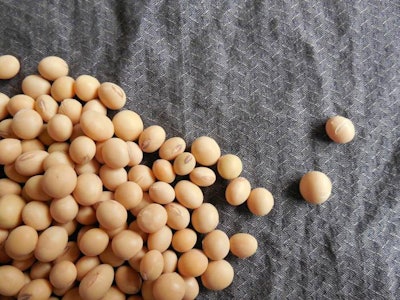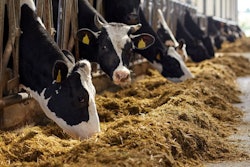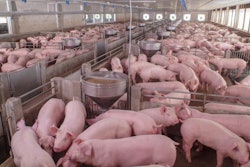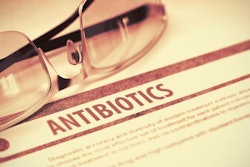
Latest internal monitoring points to an increase in use of responsibly sourced soy by European feed producers. This trend contributes to the aims of the recently announced Green Deal in the European Union.
Members of the European Feed Manufacturers’ Association (FEFAC) appear to have used significantly more “responsible soy” in 2018 than in the previous year. The provisional estimate is 9 million to 10 million metric tons (mmt) — up from 6-7 mmt in 2017.
The term “responsible soy” refers to soybeans and products that have been produced under specified conditions regarding agricultural practice, societal and environmental impacts. In all, 59 criteria are included in the association’s Soy Sourcing Guidelines. In particular, the soy must not be cultivated on land cleared of forest.
By now, 19 schemes have been approved as complying with the FEFAC Guidelines by International Trade Center (ITC) benchmarking. More than 250 European feed companies have signed up to the Responsible Soy Declaration.
“I am pleased with the continued positive trend that the European feed sector and its supply chain partners have been able to display as regards the industry use of responsible soy,” said FEFAC president Nick Major. “I am confident that we will make further progress on the mainstream market transition of responsible soy use from both imported and home-grown origin.”
According to FEFAC, this latest estimate — for the third successive year — demonstrates its members’ commitment to the protection of the world’s forests.
Important for the mitigation of climate change and the maintenance of biodiversity, preservation of natural woodland is a key element of the new European Commission (EC) Green Deal.
History and future of FEFAC’s soy sourcing guidelines
FEFAC first released its Soy Sourcing Guidelines in 2015. Within its first year, nine responsible soy programs were found by the ITC benchmarking tool to have complied with the guidelines. At the time, Europe was importing more than 30 mmt of soybeans and soybean meal annually.
FEFAC says it will review the present version of the guidelines, providing greater transparency on “deforestation-free” soybean products used in European livestock feeds.
More on Europe’s Green Deal
The EC has recently announced an ambitious target for Europe to become the world’s first climate-neutral continent by 2050. To achieve this aim, it has drawn up its “Green Deal” for future growth in the European Union.
This month, EC president Ursula von der Leyen presented the roadmap for green transition to the European Council.
Underpinning the Green Deal are the aims “to cut emissions, create jobs and open new opportunities in a fair way.” Financed by a combination of public and private money, the EC says the Green Deal will stimulate research, innovation, science and technology.
In July, the EC published a report titled “Stepping up EU Action to Protect and Restore the World’s Forests.” This communication was welcomed by FEFAC and other organizations representing the EU grain and oilseed trade, crushing and feed industry sectors.











